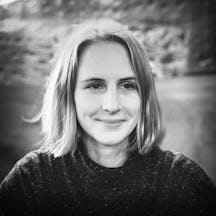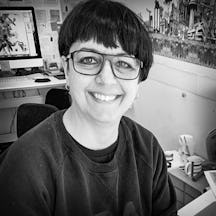Migrants and refugees, who cannot return home, experience homesickness in its most extreme form. It is a dominating force in their lives, and can be the spark that ignites protracted mental illness. Gail Tolley explores why this ‘minor’ condition should be taken more seriously.
When you can’t return home
Words by Gail Tolleyartwork by Maria Rivansaverage reading time 6 minutes
- Serial
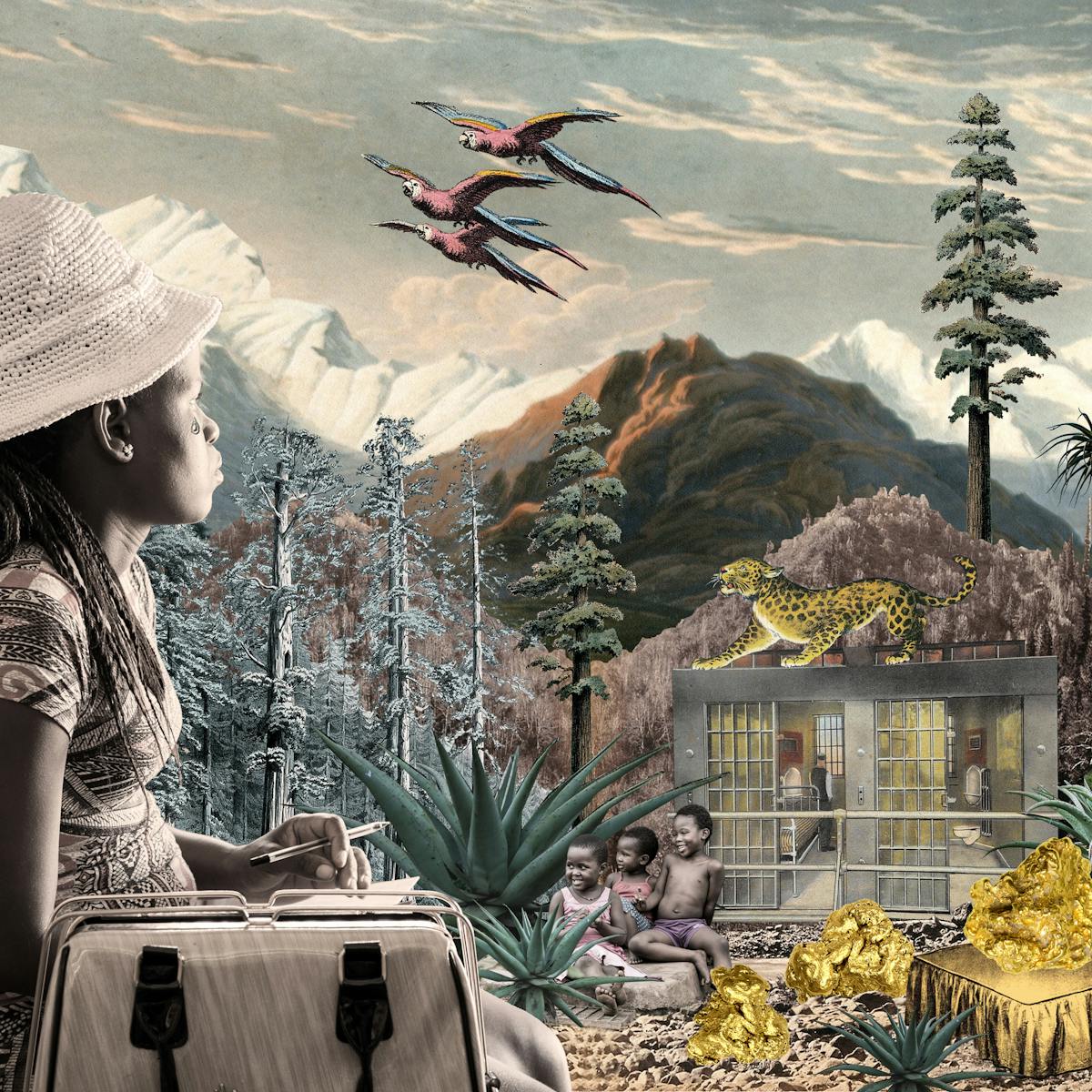
My journey through homesickness so far has shown that the condition exists on a wide spectrum. If summer-camp tears are at one end, then at the other is something far more devastating. My own anxiety about being away from home as a child felt distressing at the time, but I see now that I was fortunate. It was temporary and I ultimately had a home to return to. But that’s not the case for everyone.
To understand how homesickness affects different people, I spoke to Dr Dieu Hack-Polay, an associate professor at the University of Lincoln. He has looked at the condition in students, expat workers and refugees. And he points to one factor that influences its severity more than any other: freedom of choice.
“For refugees in particular, the fact that they cannot go home increases the level of stress,” he tells me. “The difference is the choice. Students, for example, have chosen to move away from home. They have a choice to go back or to visit. In the case of migrants, we are faced with a difficult situation in terms of the distance, in terms of the circumstances that have led to them leaving the country, and the fact that they cannot return so easily.”
I was keen to speak to someone who’d recently gone through this exact experience. Lucia* is from the Democratic Republic of the Congo, where long-term internal conflicts have killed and displaced hundreds of thousands of civilians. She’s been living in South Africa for four years. I chatted to her on the phone to understand what her experience of homesickness was like.
Imprisoned by her new life
She clearly remembers her first night. “When I arrived, the atmosphere was very different from my country. And it was very cold. That night I couldn’t sleep. I was in another place. I was missing my family. I stayed awake all night. I thought, ‘This is real.’”
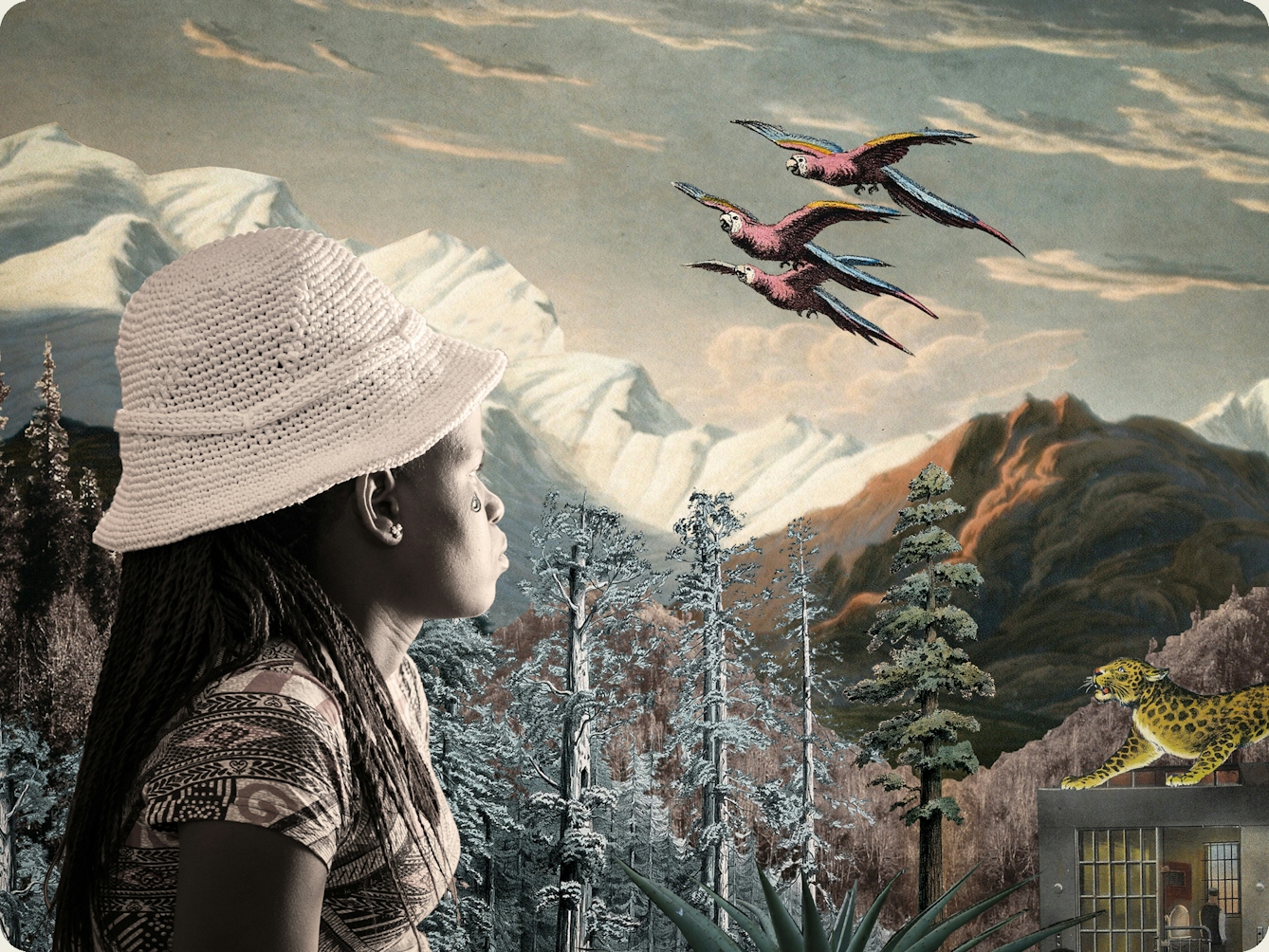
“Everything was new for me. I couldn’t go to the shop. It was like I was in a jail. Even now, if you are not in your own country, you are not 100 per cent free.”
Not knowing English and being in a completely different culture was not only overwhelming but it meant that day-to-day life felt extremely limited. “Everything was new for me. I couldn’t go to the shop. It was like I was in a jail. Even now, if you are not in your own country, you are not 100 per cent free.”
I had never thought of homesickness in these terms, but Lucia captures perfectly the confines of trying to start a new life. The single biggest thing that helped her feel less homesick was learning English. She joined a language programme run by the Scalabrini Centre, a charity in Cape Town that supports migrants, and it provided not only the skills to understand her new country, but also the chance to make new friends.
Today Lucia still feels homesick, but it’s not as severe. “I miss my family a lot. Every day I call them. But the physical thing is always [missing].” Ultimately, though, she sees her move in a positive light. “When you are out of your comfort zone you learn how to adapt to a new thing and make an effort to overcome it. We can’t overcome homesickness 100 per cent, but even ten per cent is a good thing.”
Learned memories of home
Dr Tania Kaiser, an expert on forced migration at SOAS University of London, has spent time in refugee camps in Central Africa and has seen the effects of losing one’s home up close. She told me a story that made me realise how far-reaching homesickness can be, not just for an individual, as in Lucia’s case, but for whole communities.
I was struck by how homesickness for this group was far more than a fleeting feeling – it was something profound and long-lasting.

“They spoke with great warmth about their homeland, stories about nuggets of gold in the hills in South Sudan. ‘You wouldn’t believe it,’ they’d say. ‘You can just pick them off the floor. The size of an egg.’”
When Dr Kaiser began her research in a refugee camp in north-west Uganda, she set about documenting as accurately as possible the experiences of the Acholi people who lived there. She spent hours speaking to families who’d fled the civil war in South Sudan. Despite the horrific conditions that had forced them to leave, she noticed how they spoke with great warmth about their homeland.
“They would talk with this love and enthusiasm about the richness of the forest and the mountains, and how nothing here could possibly compare,” she tells me. “I would hear these sweet stories about nuggets of gold in the hills in South Sudan. ‘You wouldn’t believe it, Tania,’ they’d say. ‘You can just pick them off the floor. The size of an egg.’”
After sifting through story after story, trying to piece together accounts, something occurred to Dr Kaiser. “Some of the people who were describing the places, experiences and life in pre-exile were so young they couldn’t possibly have remembered it.” Then the penny dropped. She realised that what she was hearing weren’t recalled memories.
“They learned these stories and these subjectivities from their parents and older family. They had become these passed-on memories.”
Many of the refugees in Northern Uganda had experienced long periods of displacement. The United Nations Human Rights Council says one in five refugees have been displaced for over 20 years and four in five for more than five years. Over time, in the refugee camps, a culture and language of homesickness had emerged. “Eventually it dawned on me that obviously the narrative was much more important than any objective reality,” says Dr Kaiser.
I was struck by how homesickness for this group was far more than a fleeting feeling – it was something profound and long-lasting. It had become infused into their culture, shaping the stories and memories they shared.
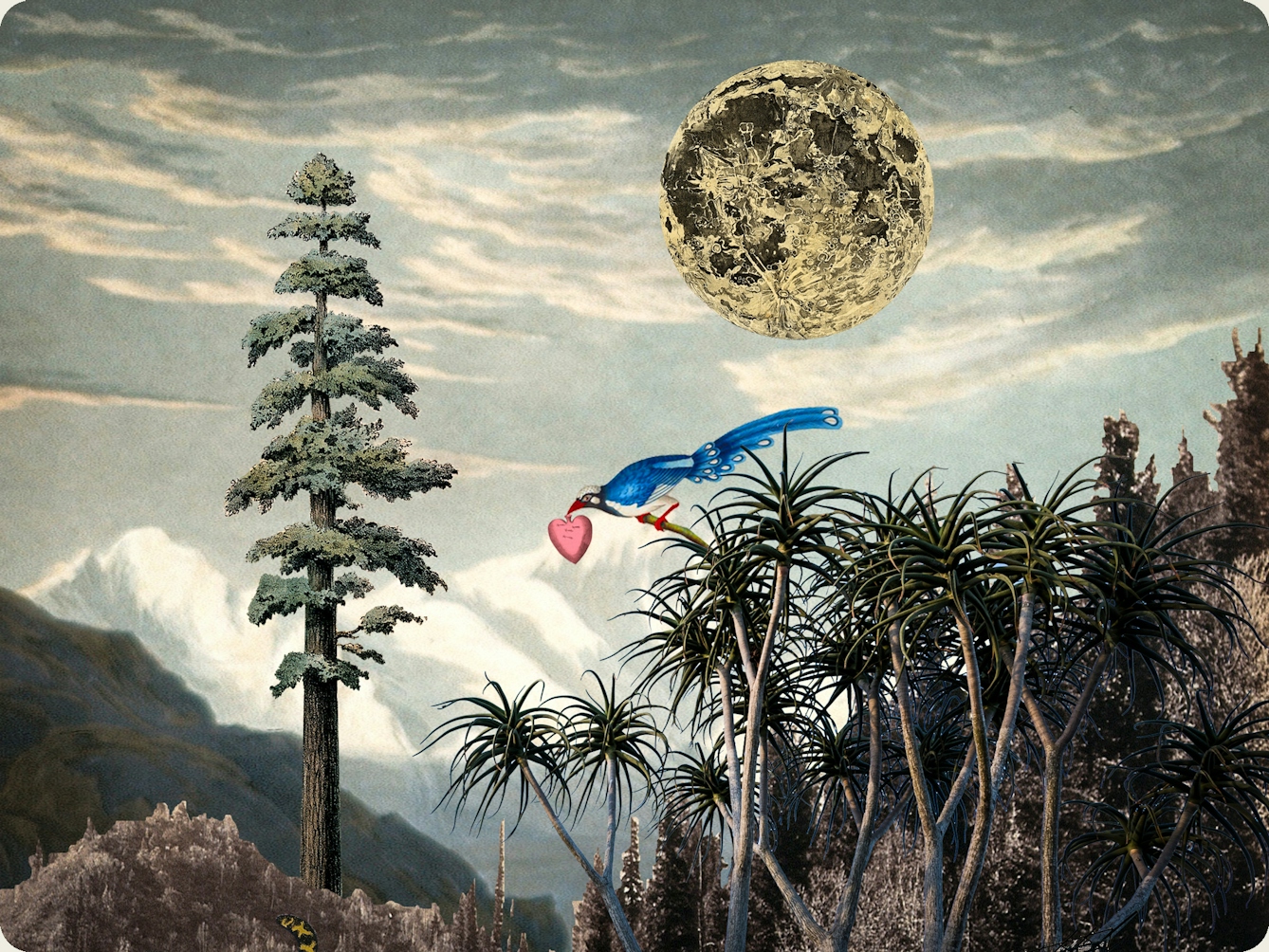
“People think homesickness is a normal thing. Therefore it’s been relegated to a second-class condition. But some people develop homesickness that goes into acute stress or depression.”
Stress and depression
Homesickness is clearly a powerful experience for migrants and refugees. It is also part of a bigger picture of poor mental health within this group. The Mental Health Foundation reports that refugees in the UK are five times more likely to have mental health needs than the general population. Another study in the States found Mexican immigrants had depression and anxiety levels 40 per cent higher than non-immigrants.
I was shocked by how stark these statistics are. Dr Hack-Polay believes that homesickness plays an important part in understanding this. “From my perspective, you can’t treat migrant stress without referring to home,” he explains.
Yet the condition remains a topic on the margins of psychology. Dr Hack-Polay again: “People think homesickness is a normal thing. Therefore it’s been relegated to a second-class condition. But some people develop homesickness that goes into acute stress or depression, and some people have even taken their own lives.”
He believes homesickness could offer a framework that helps us better understand – and eventually treat – the refugee and migrant experience. “People tend to treat other conditions that have developed from homesickness,” he explains. “If you take a step back you will probably see that the PTSD or the stress or the depression is built on the ‘minor’ thing that was called homesickness. Homesickness itself is a condition, and it needs to be more recognisable.”
*Name has been changed.
About the contributors
Gail Tolley
Gail Tolley is a travel and culture writer based in Edinburgh. She has twice been the editor of popular culture magazines: Time Out London (2017–19) and The List (2012–14). She has contributed to National Geographic Traveller, the Independent and BBC Radio 4. Alongside working as a freelance writer and broadcaster, she also works in TV development.
Maria Rivans
Maria Rivans is a contemporary British artist known for her Surrealism-meets-Pop-Art aesthetic. With its unique approach to collaging, her artwork intertwines fragments of vintage ephemera, often with reference to film and TV, to spin bizarre and dreamlike tales. She exhibits work throughout the UK as well as internationally, including Hong Kong, New York and across Europe. Notable solo shows include the Saatchi Gallery, London and Galerie Bhak, Seoul.
